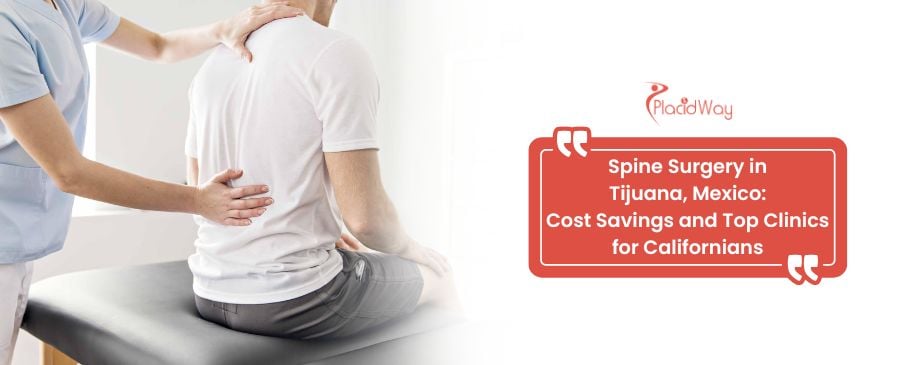
Facing spine surgery can be a daunting prospect, made even more stressful by the staggering costs in the United States, especially in California. For many, Tijuana, Mexico, has emerged as a leading destination for medical tourism, offering a solution that combines high-quality neurological and orthopedic care with savings of up to 70%. This guide explores the costs, procedures, and top clinics available just across the border.
Key Takeaways
-
Significant Savings: Patients from California and other US states can save 50% to 70% on spine procedures in Tijuana compared to US prices.
-
Quality & Proximity: Tijuana's top clinics feature board-certified neurosurgeons and orthopedic spine specialists, many with US training, using modern, minimally invasive technology. The city's proximity to San Diego makes travel exceptionally convenient.
-
All-Inclusive Packages: Medical tourism packages simplify the journey, typically including surgeon fees, hospital costs, ground transportation from San Diego, and pre-operative tests.
-
Cost Comparison (Average):
-
Spinal Fusion (1-level):
-
Tijuana: $10,000 - $20,000
-
California/USA: $60,000 - $100,000+
-
-
Discectomy/Microdiscectomy:
-
Tijuana: $8,000 - $12,500
-
California/USA: $40,000 - $60,000
-
-
Laminectomy:
-
Tijuana: $9,000 - $15,000
-
California/USA: $50,000 - $75,000
-
-
Why Do Californians Choose Tijuana for Spine Surgery?
Californians choose Tijuana for spine surgery primarily due to three factors: massive cost savings, the exceptionally short travel distance from cities like San Diego, and access to high-quality care from experienced, often US-trained, surgeons without the long wait times.
The high cost of healthcare in the United States, and particularly in California, is the number one driver. A procedure quoted at $80,000 in Los Angeles or San Francisco can often be performed for $15,000 in Tijuana. This isn't just a minor discount; it's a life-changing price difference, especially for those who are uninsured, underinsured, or facing high deductibles.
Beyond cost, convenience is a massive factor. Patients can fly into San Diego International Airport (SAN) and be at a state-of-the-art Tijuana hospital in under an hour. Medical tourism facilitators like PlacidWay coordinate seamless travel, including dedicated medical lane passes for quick border crossings, eliminating the stress of international travel logistics.
What is the Cost of Spine Surgery in Tijuana vs. California?
The cost of spine surgery in Tijuana is, on average, 50-70% less than in California. This is possible due to the lower cost of living, reduced administrative overhead, and lower hospital operating costs in Mexico, not from a compromise in quality or technology.
Many patients ask how the quality can be high if the price is low. The financial difference is not due to inferior equipment or less-skilled doctors. Instead, it's tied to the local economy. Hospital administration, medical malpractice insurance, and labor costs are all significantly lower in Mexico. These savings are passed directly to the patient, allowing board-certified neurosurgeons to perform the exact same procedure with the exact same high-quality implants for a fraction of the price.
Spine Surgery Cost Comparison: Mexico vs. USA
This table provides an at-a-glance comparison of common spine procedures. Prices are estimates and can vary based on the complexity of the case, the specific surgeon, and the hospital.
| Medical Procedure | Average Cost in Tijuana, Mexico | Average Cost in California, USA | Estimated Savings |
| Spinal Fusion (1-Level) | $10,000 - $20,000 | $60,000 - $100,000+ | 65% - 80% |
| Artificial Disc Replacement | $14,000 - $22,000 | $50,000 - $90,000 | 60% - 75% |
| Laminectomy (Decompression) | $9,000 - $15,000 | $50,000 - $75,000 | 70% - 80% |
| Microdiscectomy | $8,000 - $12,500 | $40,000 - $60,000 | 70% - 80% |
What's Included in a Tijuana Spine Surgery Package?
A typical all-inclusive spine surgery package in Tijuana bundles all major medical and logistical costs. This generally includes the surgeon's fee, anesthesiologist's fee, hospital stay, medications, pre-operative tests, and ground transportation.
One of the key benefits of medical travel is the move toward transparent, all-inclusive pricing. While a US hospital bill is often a confusing list of separate charges, Tijuana packages are designed for simplicity.
A comprehensive package from a provider like PlacidWay typically includes:
-
All hospital and surgeon fees
-
Anesthesiologist fees
-
All pre-operative tests (blood work, X-rays, MRIs if not already provided)
-
Surgical implants (e.g., rods, screws, artificial discs)
-
Hospital stay (typically 2-5 nights)
-
Ground transportation (e.g., pickup from San Diego airport, hotel-to-hospital transfers)
-
Medical pass for expedited border crossing
-
Post-op medications
-
Accommodation for a companion in the hospital room
Common Spine Procedures Offered in Tijuana
Tijuana’s advanced spine centers perform a wide range of procedures, with the most common being spinal fusion for instability, laminectomy for spinal stenosis, and microdiscectomy for herniated discs.
Tijuana's surgeons are proficient in both traditional open surgeries and, more commonly, Minimally Invasive Spine Surgery (MISS). These advanced techniques use smaller incisions, leading to less muscle damage, reduced pain, and a much faster recovery.
Spinal Fusion (and Lumbar Fusion)
Spinal fusion is a procedure that permanently connects two or more vertebrae in your spine, eliminating motion between them. This is often performed to treat chronic back pain caused by conditions like degenerative disc disease, spondylolisthesis (slipped vertebra), or spinal instability. Lumbar fusion specifically targets the lower back and is one of the most common and successful surgeries performed.
Laminectomy (Decompression Surgery)
A laminectomy is a surgery that creates space by removing the lamina—the back part of a vertebra that covers your spinal canal. This procedure, also known as decompression surgery, is performed to relieve pressure on the spinal cord or nerves, a condition known as spinal stenosis. Relieving this pressure can significantly reduce pain, numbness, and weakness.
Discectomy / Microdiscectomy
A discectomy is the surgical removal of the damaged portion of a herniated disc (also called a slipped or ruptured disc). This procedure is a definitive treatment for "pinched nerves," such as sciatica, where the disc material is pressing on a nerve root, causing pain to radiate down the leg. A microdiscectomy is a minimally invasive version that uses a special microscope and small instruments to achieve the same goal with a smaller incision.
Artificial Disc Replacement
As an alternative to fusion, artificial disc replacement (ADR) involves removing the damaged spinal disc and replacing it with a prosthetic, artificial disc. The primary advantage of this procedure is that it preserves motion in the spine, whereas a fusion eliminates it. This is a common choice for younger, more active patients with disc degeneration.
Is Spine Surgery in Tijuana Safe and High-Quality?
Yes, spine surgery in Tijuana is safe, provided you choose a reputable clinic and a board-certified surgeon. Top hospitals in Tijuana adhere to international standards, use US-manufactured technology and implants, and have bilingual staff dedicated to international patients.
This is often the most pressing question for medical tourists. The "Tijuana" of decades past is not the "Tijuana" of today's medical industry. The city is home to several multi-million dollar, state-of-the-art hospitals built specifically to serve US and Canadian patients.
Surgeon Qualifications and Board Certification
The best spine surgeons in Tijuana are highly credentialed. Look for surgeons who are:
-
Board-Certified by the Mexican Council of Neurological Surgery or the Mexican Council of Orthopedics and Traumatology.
-
US-Trained or have completed fellowships in the US or Europe.
-
Members of international organizations like the North American Spine Society (NASS).
-
Have extensive, verifiable experience in their specific procedure (e.g., performing hundreds of spinal fusions).
Hospital Accreditation and Technology
While not all hospitals have JCI-accreditation (Joint Commission International), the gold standard in global healthcare, the top-tier facilities are often accredited by Mexico's Federal Commission for the Protection against Sanitary Risks (COFEPRIS). These hospitals are part of the largest private hospital network in Mexico and operate with technology and hygiene protocols that are on par with, or even exceed, those in many US hospitals.
Expert Insight
"The key to a successful medical journey in Mexico is doing your homework. Never choose a clinic based on price alone. Verify your surgeon's credentials, look at video testimonials, and ask to see before-and-after MRIs. A transparent and reputable surgeon will readily provide this information. Using a trusted medical tourism partner like PlacidWay ensures that clinics have already been vetted for quality and safety."
Finding the Best Spine Surgeons and Clinics in Tijuana
Finding the best spine clinic involves researching hospital accreditations, surgeon credentials, and patient-focused services. Look for hospitals that specialize in neurosurgery and orthopedics and have extensive experience with international patients.
With dozens of options, it can be overwhelming to choose. The best facilities are typically full-service hospitals, not small clinics.
Top-Rated Spine Hospitals in Tijuana
While new facilities are always emerging, several hospitals are consistently recognized for their excellence in orthopedic and neurological care:
-
Hospital Excel Tijuana: A flagship hospital known for its advanced technology, large staff of specialists, and experience treating American patients. It's part of the respected Excel Health network.
-
Specialty Clinics: Other clinics and surgeons, such as Dra. Brenda Delangel, are also highly regarded for orthopedic and spine specialties.
What to Look for in a Spine Surgeon
When you have your virtual consultation, treat it like an interview. This is a critical step before you commit to travel.
Did You Know?
Before you book, make sure you ask these questions to your surgeon:
-
Are you board-certified in neurosurgery or orthopedic spine surgery?
-
How many procedures of this specific type (e.g., L4-L5 fusion) have you performed?
-
What is your success rate and complication rate?
-
What type of implant (brand, material) will you be using?
-
Who will be managing my care after the surgery?
-
What is the plan if a complication does arise?
The Spine Surgery Process: A Californian's Journey
The process is streamlined for international patients, starting with a remote consultation using your medical records, followed by a simple travel day, and then the pre-operative work, procedure, and recovery all coordinated by a patient care team.
Step 1: Virtual Consultation
You will not be asked to travel for an initial consultation. The process begins from your home in California. You will send your MRI reports, X-rays, and medical history to the surgical team. The surgeon will review your files and schedule a video or phone call to discuss your case, confirm if you are a good candidate for surgery, and recommend a specific procedure.
Step 2: Travel and Pre-Operative Prep
Once you book your date, you will fly or drive to San Diego. A bilingual driver from the hospital or PlacidWay will meet you at the airport or a designated border location. You will be driven across the border (often via a fast-pass medical lane) directly to your hotel or the hospital. The following day, you will meet your surgeon in person, sign consent forms, and undergo pre-operative tests.
Step 3: The Procedure
You will have your surgery on the scheduled day. Minimally invasive spine surgery can take 1-3 hours, while more complex fusions may take longer. You will wake up in a recovery room and then be moved to your private hospital room, where a companion can often stay with you.
What is Recovery Like After Spine Surgery in Mexico?
Recovery begins with a 2- to 5-day hospital stay for monitoring, followed by a 5- to 10-day stay at a nearby recovery hotel. Full recovery, including physical therapy back home, can take anywhere from 3 to 12 months, depending on the surgery.
Immediate Post-Operative Care
You will be monitored closely by nurses and your surgical team. Most surgeons will have you up and walking within 24 hours of surgery to promote blood flow and healing. You will be given pain medication and instructions on how to move, sit, and sleep. After your hospital discharge (typically 2-5 days), you won't fly home immediately.
You will be transferred to a comfortable, pre-booked recovery hotel or a specialized recovery retreat for another 5-10 days. This allows you to rest and attend crucial follow-up appointments with your surgeon to check the incision and ensure your recovery is on track before you are cleared for travel.
Long-Term Recovery and Physical Therapy
Your surgeon will provide a complete recovery plan, including when you can return to work and light activities. The most critical component of your long-term success is physical therapy. You will begin a gentle regimen in Tijuana and will need to continue with a physical therapist once you return home to California. Full healing from a procedure like spinal fusion can take 6 months to a year, but you should experience significant pain relief much sooner.
Frequently Asked Questions (FAQs)
How long do I need to stay in Tijuana for spine surgery?
You should plan for a total stay of 7 to 14 days in the Tijuana/San Diego area. This typically includes 2-5 nights in the hospital and another 5-10 days in a local hotel for post-op checkups before you are cleared to travel home.
Are there language barriers at Tijuana hospitals?
No. The top medical tourism hospitals are fully bilingual. From the surgeons and nurses to the patient coordinators and drivers, the entire staff is fluent in English to ensure clear communication and comfort for US patients.
How do I know if I am a good candidate for spine surgery?
You are likely a good candidate if you have chronic pain, numbness, or weakness that has not improved with at least 6 months of conservative treatments like physical therapy, injections, and medication. Your surgeon will make the final determination after reviewing your MRI and medical history.
What are the risks of getting spine surgery in Mexico?
The surgical risks are the same as having the procedure in the United States: infection, bleeding, nerve damage, or complications from anesthesia. You minimize these risks by choosing a highly-qualified, board-certified surgeon and an accredited hospital. The primary non-medical risk is the difficulty of long-term follow-up, which is why choosing a surgeon who offers robust remote follow-up care is essential.
Can I use my US health insurance in Tijuana?
In most cases, no. Spine surgery in Mexico is typically a self-pay procedure. US insurance, including Medicare, generally does not cover treatment abroad. The total self-pay cost in Tijuana, however, is often significantly less than just the out-of-pocket deductible or co-pay for the same procedure in California.
How do I get back across the border to California after surgery?
Medical tourism packages include this. Your driver will pick you up from your recovery hotel and drive you to the San Ysidro border crossing. You will be provided with a medical pass that grants access to a priority "medical lane," allowing you to cross back into the US in as little as 15-30 minutes, avoiding long wait times.
Take the Next Step with PlacidWay
Don't let pain or cost dictate your life. As a Californian, you have access to some of the world's best and most affordable spine care right next door.
At PlacidWay, we have vetted the top board-certified spine surgeons and modern hospitals in Tijuana. We can help you get free, no-obligation quotes, review surgeon credentials, and coordinate your entire medical journey.
Contact PlacidWay today to get your personalized quote and start your path to a pain-free life.




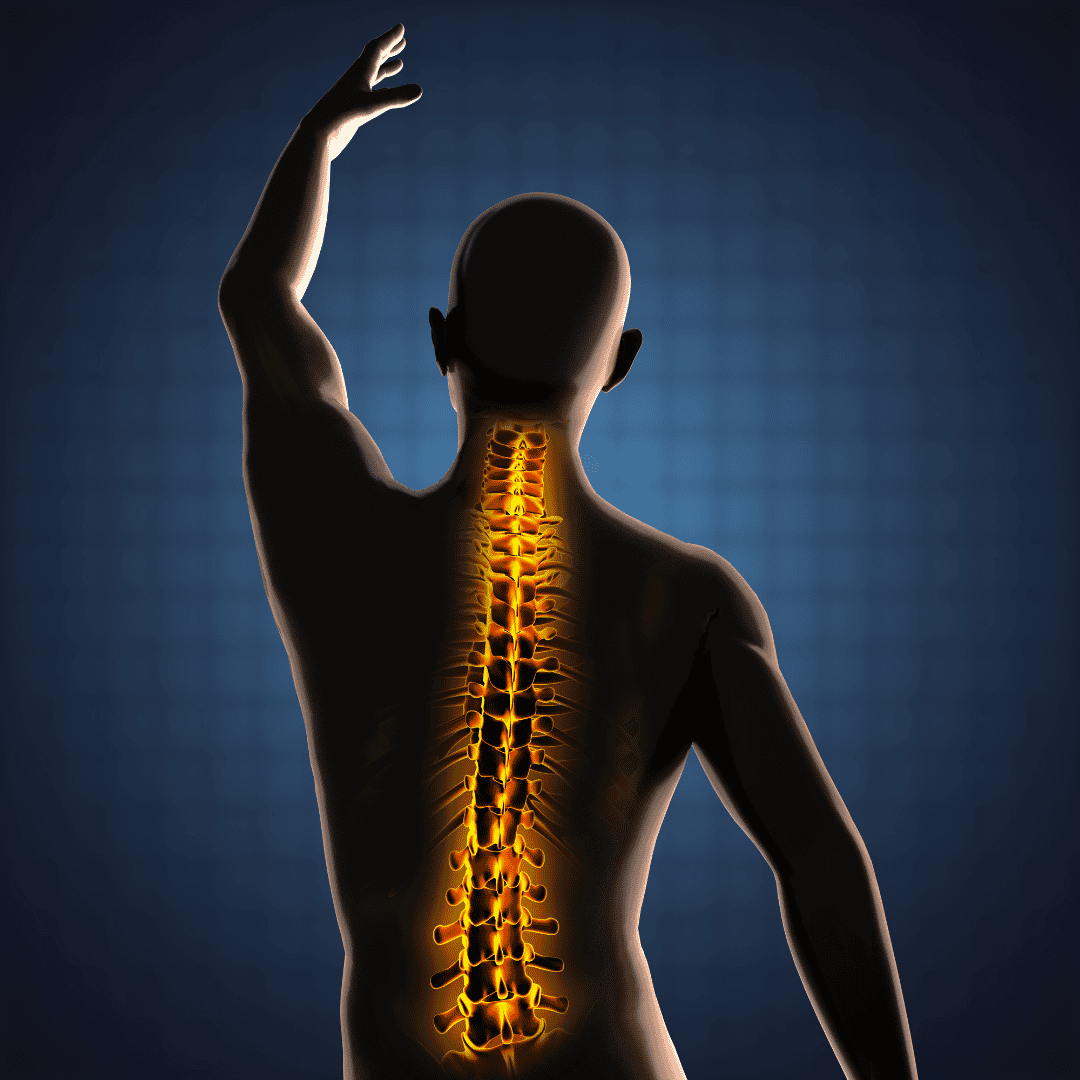



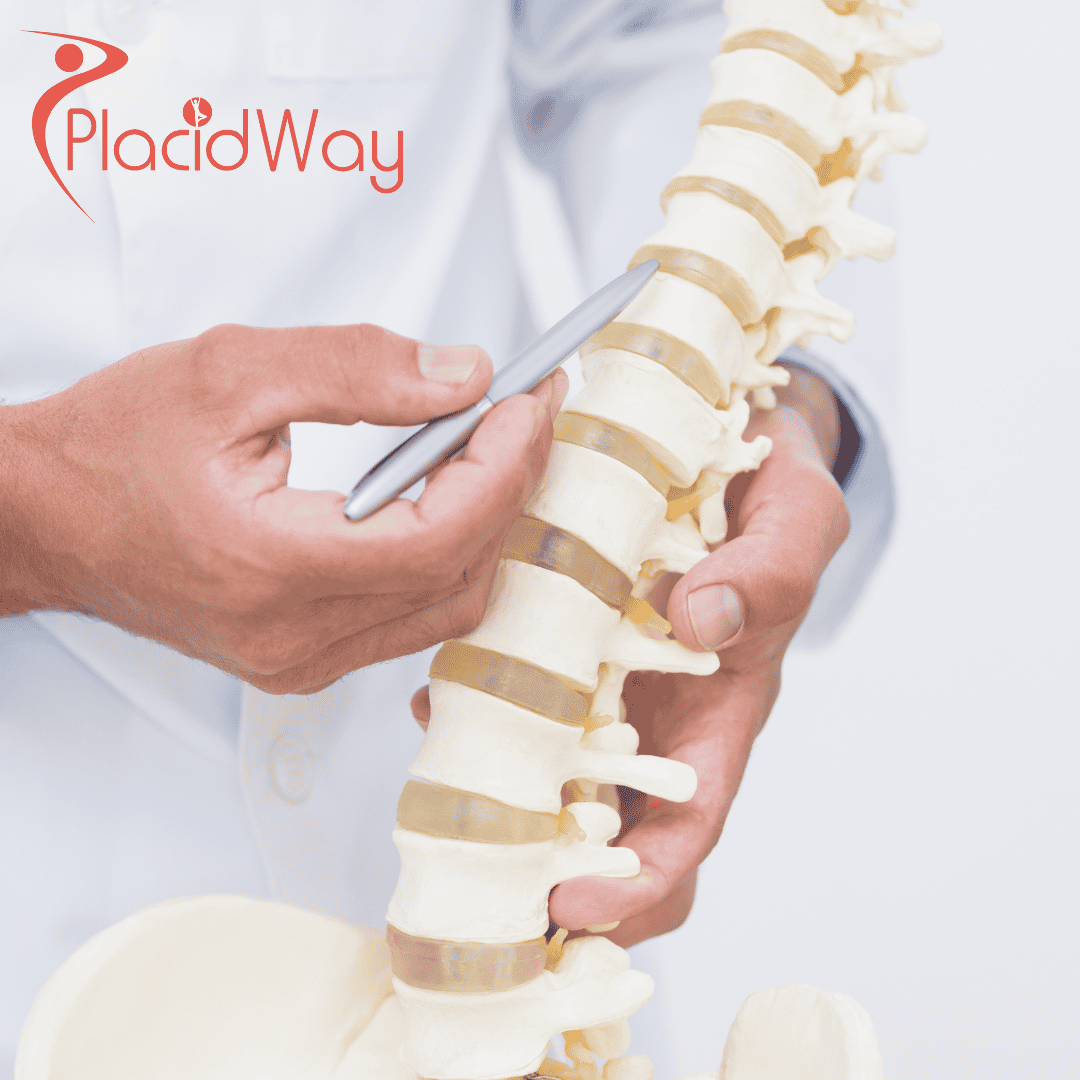

.png)
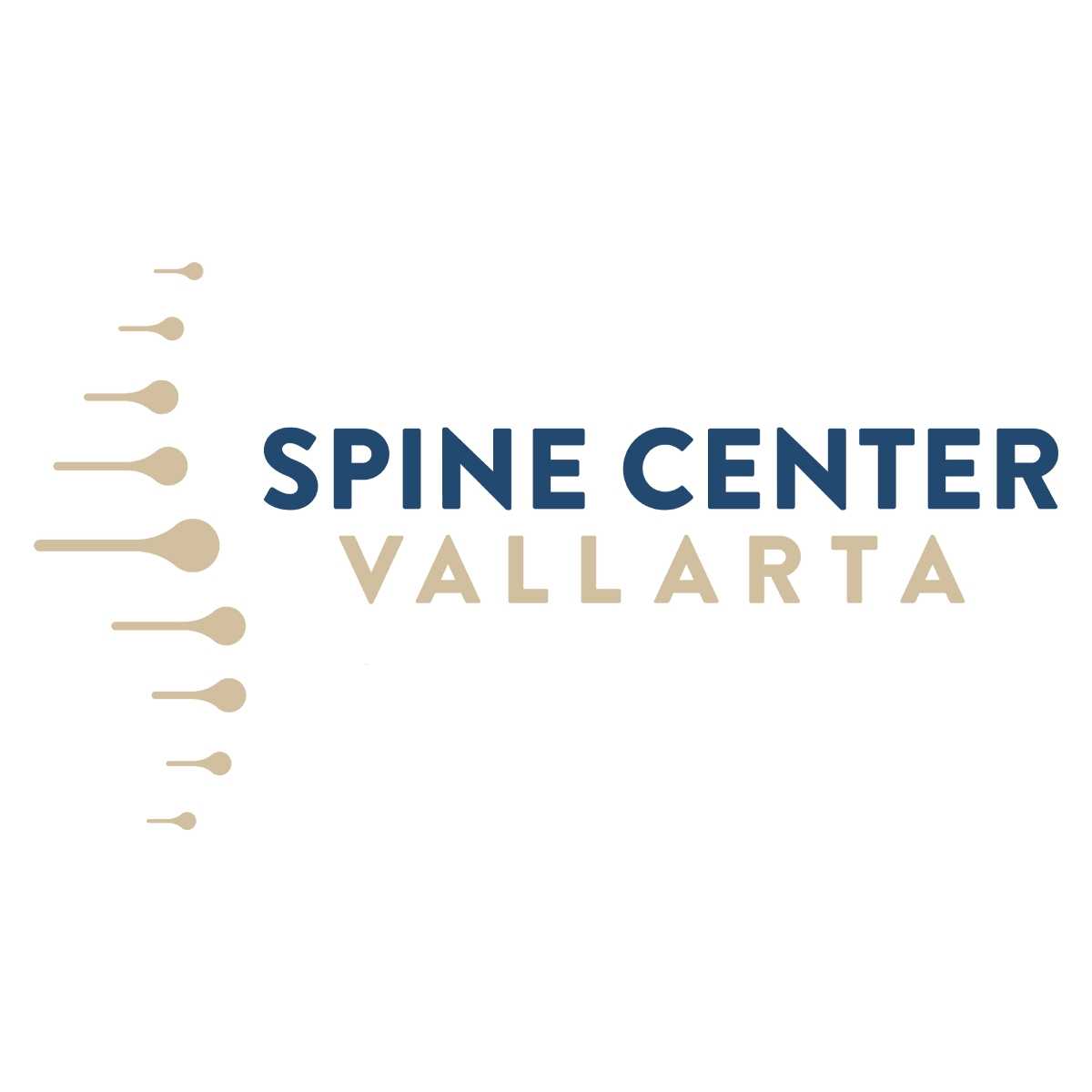


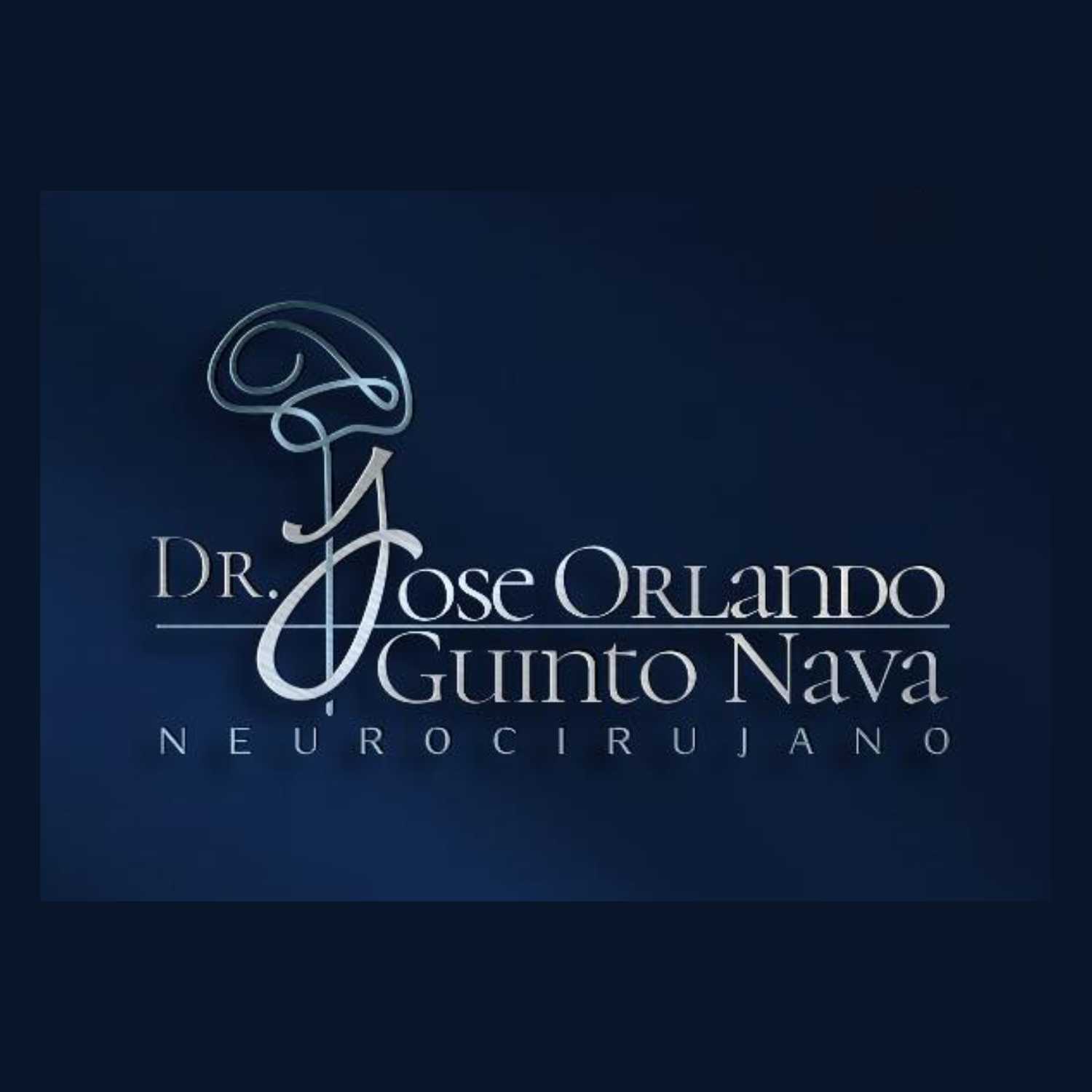

Share this listing